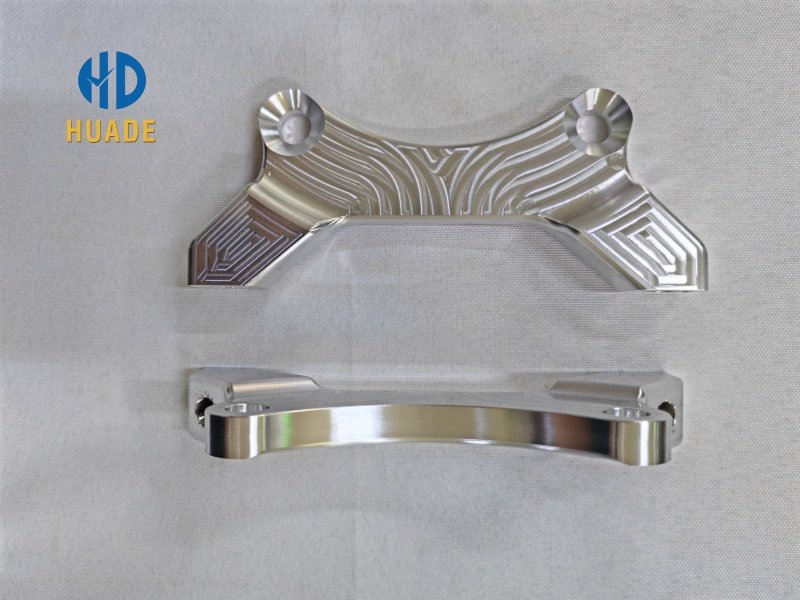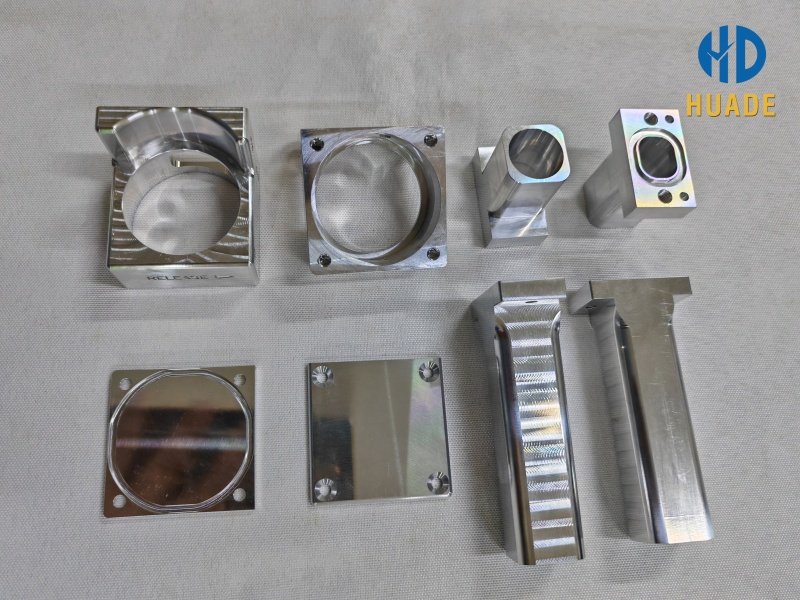Why is 6061 aluminum the top choice across aerospace, automotive, and electronics industries? The answer lies in its versatility and reliability. Just as important, 6061 aluminum machinability makes it possible to produce parts with high accuracy and efficiency, reinforcing its status as a preferred material in CNC machining. With an excellent strength-to-weight ratio, high corrosion resistance, and superior weldability, it has become the go-to option for everything from precision aerospace fittings to durable electronic housings.
At the core of this popularity is 6061 aluminum machinability—a property that ensures precision, efficiency, and consistent reliability. Its outstanding machinability makes it easier for manufacturers to create accurate, efficient, and high-performance parts. But mastering 6061 aluminum machinability goes beyond simply cutting the material; it requires a deep understanding of the entire CNC machining process from start to finish.
However, achieving perfection with 6061 isn’t as simple as just “turning on the machine.” A truly exceptional part is the result of a deep understanding of the entire manufacturing process—from selecting the right cutting strategy to applying the perfect post-machining finishes.

Optimizing Your Machining Process for 6061 Aluminum
To get the most out of 6061 aluminum, a few key strategies are essential. First, proper tool selection is paramount. Using sharp, high-speed steel (HSS) or carbide tools with a polished rake face is critical to prevent the common issue of built-up edge (BUE), where aluminum chips weld to the cutting tool. This not only dulls the tool but also compromises the surface finish of the workpiece.
The cutting parameters—speed, feed rate, and depth of cut—must be carefully calculated to manage heat and ensure efficient chip evacuation. A high spindle speed with a moderate feed rate is often ideal for 6061, as it helps create small, manageable chips that can be easily removed. A well-chosen coolant, such as a water-soluble emulsion, is crucial for both lubricating the cut and cooling the tool and workpiece. This not only extends tool life but also helps maintain the tight dimensional tolerances that 6061 is known for.
Beyond the cutting tool, the workpiece must be held securely. Utilizing rigid clamping setups and fixtures is vital to prevent vibrations that can lead to chatter marks and poor surface quality. For complex parts, a multi-axis setup can significantly improve efficiency by reducing the number of setups and increasing the machine’s ability to create intricate features in a single operation.
The Ultimate Finish: Beyond the Cut
After the machining is done, the work isn’t over. The final appearance and durability of the part are often determined by the post-machining processes. A part may be perfectly machined, but without proper finishing, it might fail to meet customer expectations for aesthetics, safety, or longevity.
The Role of the Aluminum Anodized Color Chart
One of the most popular and effective finishing options is anodizing. Anodizing creates a thick, durable, and porous oxide layer on the aluminum’s surface, which can then be sealed or dyed. This process not only dramatically enhances corrosion and wear resistance but also offers a wide range of aesthetic possibilities.
This is where the aluminum anodized color chart becomes an invaluable tool. It provides a visual guide to the incredible palette of colors available, allowing designers to specify a precise hue for their part. From a subtle black for a sleek, modern finish to a vibrant blue or red for brand identification, the chart serves as a critical reference. Furthermore, anodizing provides a matte or satin finish that can give a part a high-quality feel and visual appeal. It’s a process that marries functionality with aesthetics, providing a comprehensive solution for a variety of industries, including consumer electronics and sporting goods.

Achieving Perfection with Automated Deburring Techniques
Another critical finishing step is deburring. Burrs—small, sharp edges left by the cutting process—can be a safety hazard, affect part assembly, and compromise a component’s functionality. While manual deburring is an option, it is often time-consuming, lacks consistency, and is impractical for high-volume production runs or parts with complex geometries.
This is why advanced automated deburring techniques are a game-changer. Processes like vibratory finishing, abrasive flow machining (AFM), or robotic deburring can efficiently remove burrs from even the most intricate features. Vibratory finishing uses a tub filled with media and compounds to tumble parts, smoothing all edges simultaneously. AFM forces an abrasive-laden medium through a part’s internal passages, reaching areas that are difficult to access otherwise. These automated methods ensure every part meets the same high-quality standard, saving time and labor while delivering a superior product that is ready for its final assembly or application.
Partnering with the Right Manufacturer: Your Path to Success
Ultimately, the key to success with 6061 aluminum is partnering with a manufacturer who understands every aspect of the material and the processes involved. The journey from a raw block of 6061 to a finished component requires a meticulous approach, from the initial programming to the final inspection.
At Dongguan Huade Precision Manufacturing Co., Ltd., we specialize in mastering 6061 aluminum machinability. Our expertise extends beyond simply cutting the metal. We have invested in advanced CNC technology and finishing processes, including both anodizing and automated deburring, to provide a comprehensive solution for our clients. We understand that a truly exceptional part is not just dimensionally accurate but also visually appealing and functionally flawless. We work with our clients to select the right material, optimize the machining strategy, and apply the perfect finish, ensuring every part we deliver meets the highest standards of quality and performance.
Visit www.hdproto.com to discover our expertise in precision machining. We don’t just cut metal; we master 6061 aluminum machinability from the first cut to the final finish. Let’s make your projects a reality, whether it’s a single part or a full production run!
